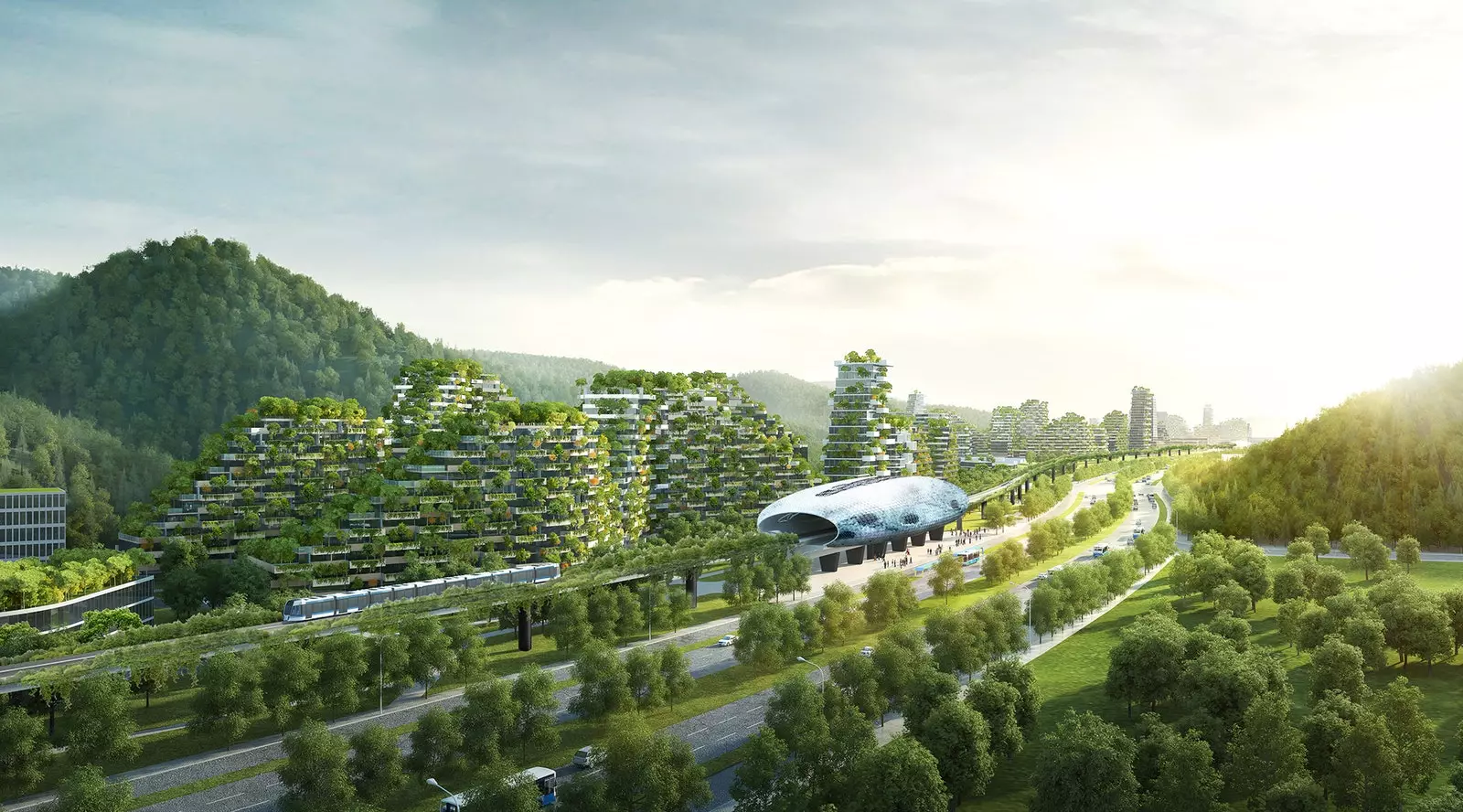
We're all going to want to live in Forest City.
Most of our cities have become unsustainable places , but the experts are looking alternatives , such as the development of urban population centers , where you live better and take care of the environment as far as possible.
Forest City is an example of it, a city of trees where all buildings are covered with millions of plants to combat pollution and combat climate change. Construction is expected to finish in the next few years in the northern Chinese city of Liuzhou. At this time, the work is delivered and the municipality is studying its technical and economic feasibility.
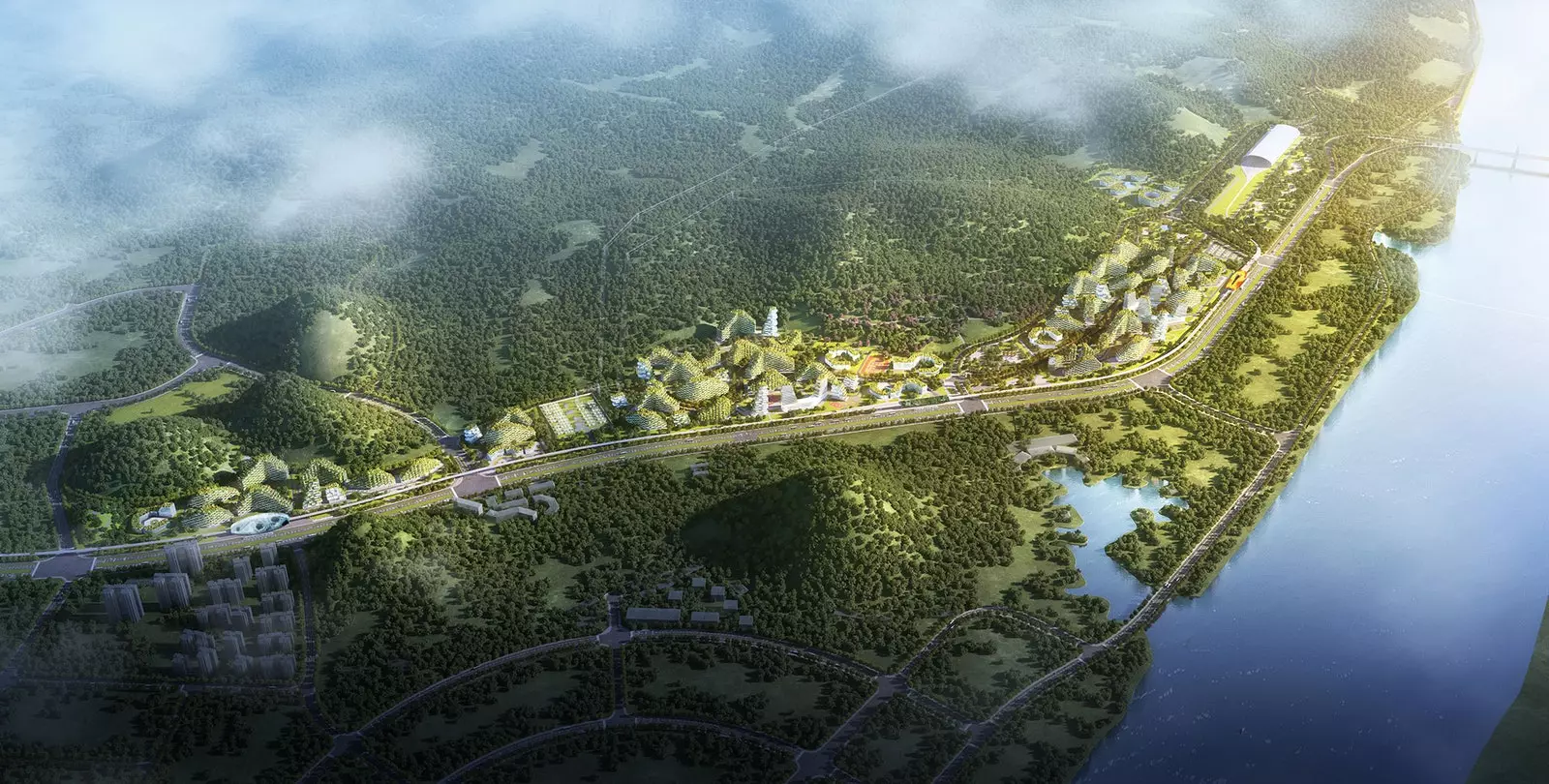
"Integrate nature in the urban context", is the objective of Forest City
The Forest City project is the brainchild of ** Stefano Boeri Architetti ,** an Italian architecture agency known for environmentally focused urban designs . Its premise is that vegetation will lower the air temperature , will create noise barriers and will improve the biodiversity by providing homes for birds, insects and small animals.
If you are successful, Forest City will become an example for the projection of new green cities around the world and will be especially important for China, where air pollution is a serious problem and masks are part of daily life in many cities in the country.
as it says Boeri , one way to reverse this trend is “integrate nature in the urban context” . Trees and plants, by absorbing fine dust and tons of CO2, can play a great role in combating the effects of climate change and improving air quality around the world, from London to Beijing, from Moscow to São Paulo . In this way, we can contribute to making our cities “greener, healthier and happier”.
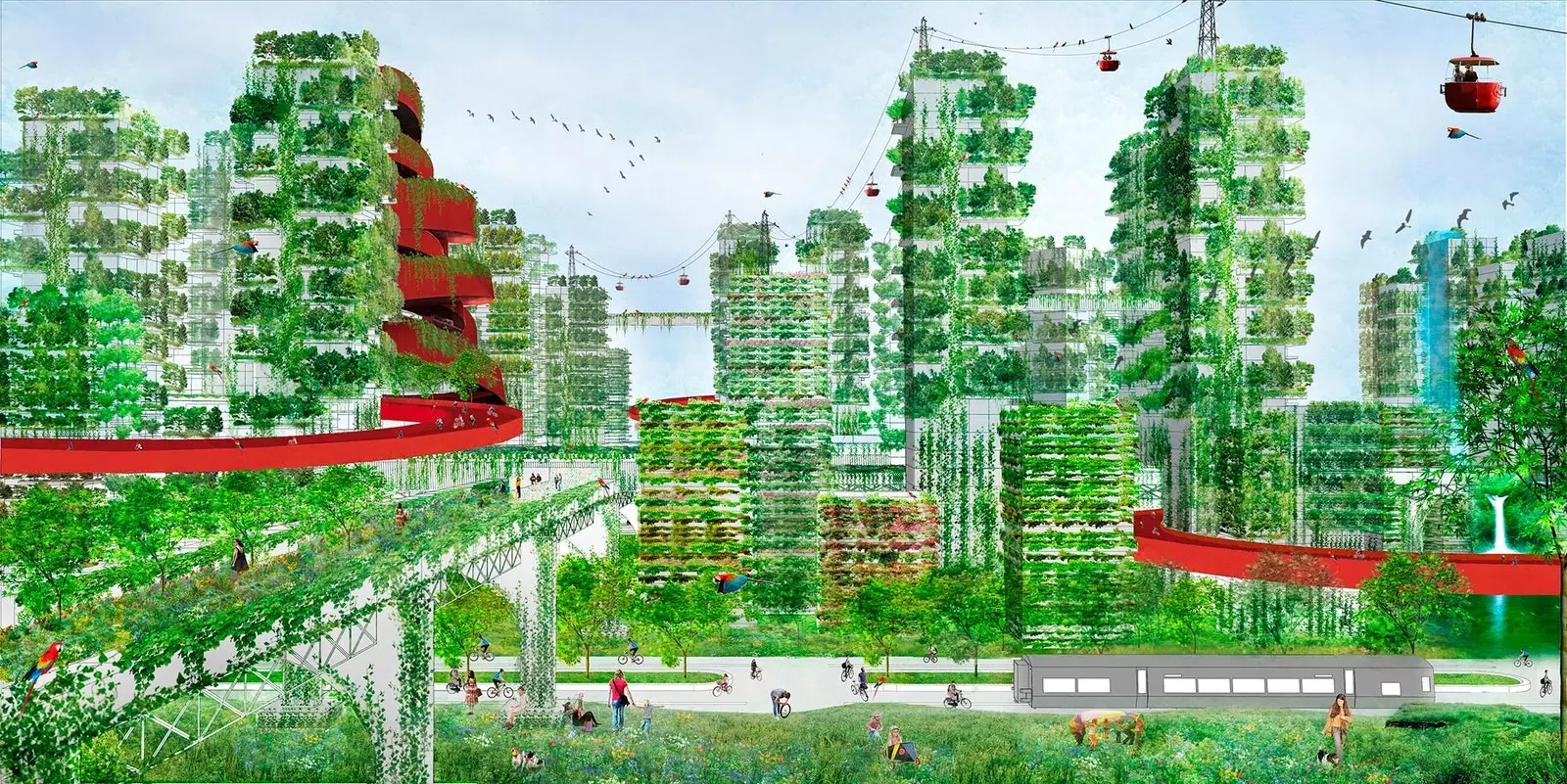
About 30,000 people will live in this city
Building cities from scratch is not possible everywhere, however. Boeri says that in China the urbanization process is massive , with millions of farmers leaving the country every year to move to the megacities. This makes it necessary to build entire cities, rather than overextend their outlying surroundings with "bedroom neighborhoods".
Forest City will be built on the Guangxi mountainous area , an area covering 175 hectares near the Liujiang River. As part of the project, several residential, commercial and recreational areas, two schools and a hospital. In this city will live some 30,000 people.
The city will host 40,000 trees and almost a million plants of more than 100 species distributed in parks, gardens, streets and the facades of buildings as part of the structure. With all this vegetation, it is expected that almost 10,000 tons of CO2 and 57 tons of pollutants per year , in addition to producing around 900 tons of oxygen.
In this ideal city, everything will be sustainable: solar panels will be used on the roofs to use renewable energy and air conditioning that will use geothermal energy . It will be connected by a railway and the roads will be prepared to use electric cars.
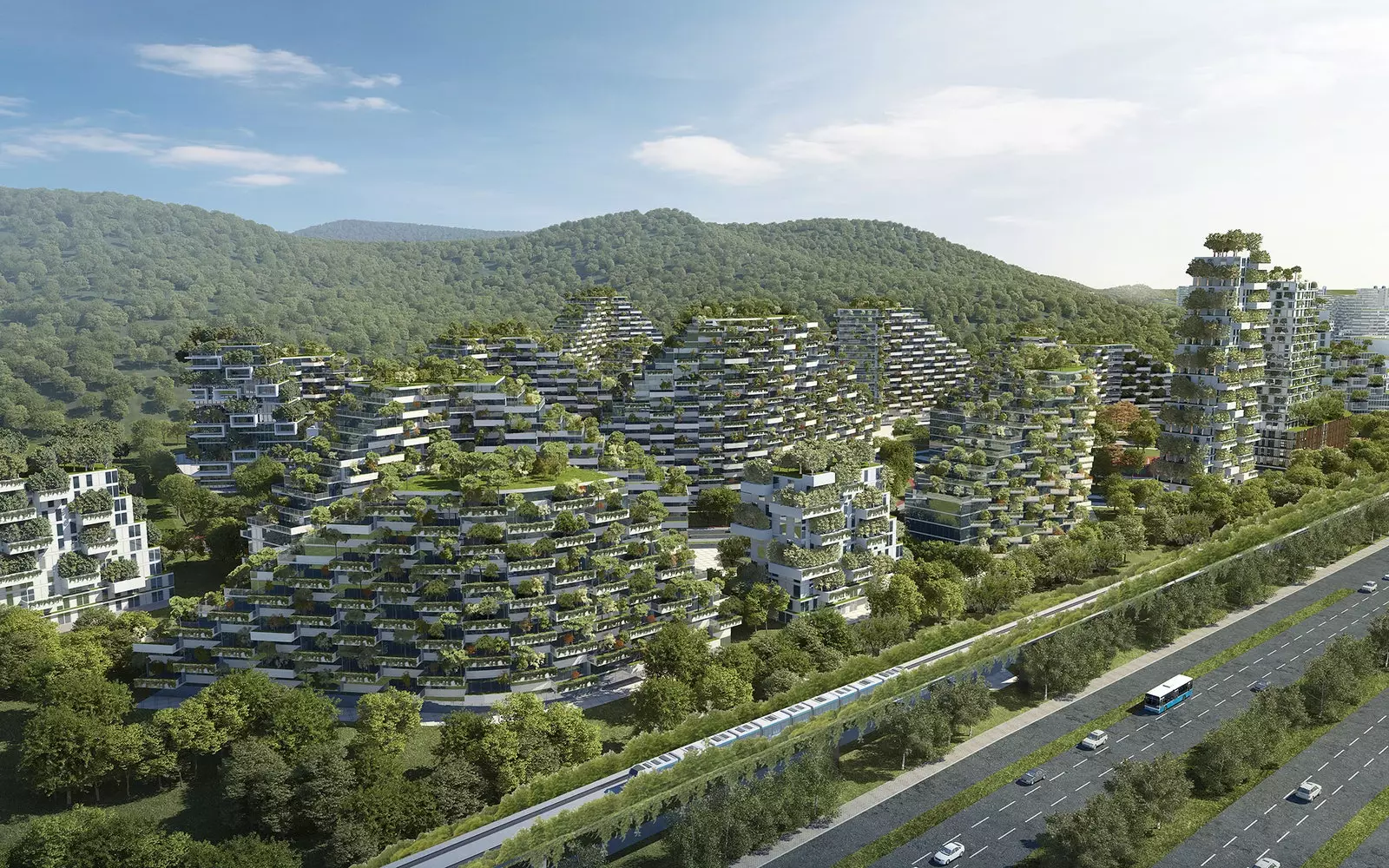
This will be the buildings in Forest City
Boeri says that the inspiration for this project came when he was developing the work of the Vertical Forest in Milan and later in other cities, a first prototype of a building completely covered with more than 800 trees and 20,000 plants . When he first launched this project, in 2007, he was met with a lot of doubts and skepticism, but now Vertical Forest is one of the main landmarks of Milan and both tenants and citizens can feel its positive effects.
Right now, Boeri is working on exporting the Vertical Forest model worldwide , each time starting from the local environment and the analysis of each place as a preliminary basis. Vertical Forest projects are different from each other, in terms of architectural features, costs, size and schedule, but he explains that they share the same approach to integration between trees and humans, between natural and artificial, between design and the unexpected. This is what led him to think further, on an urban and regional scale, creating Forest City.
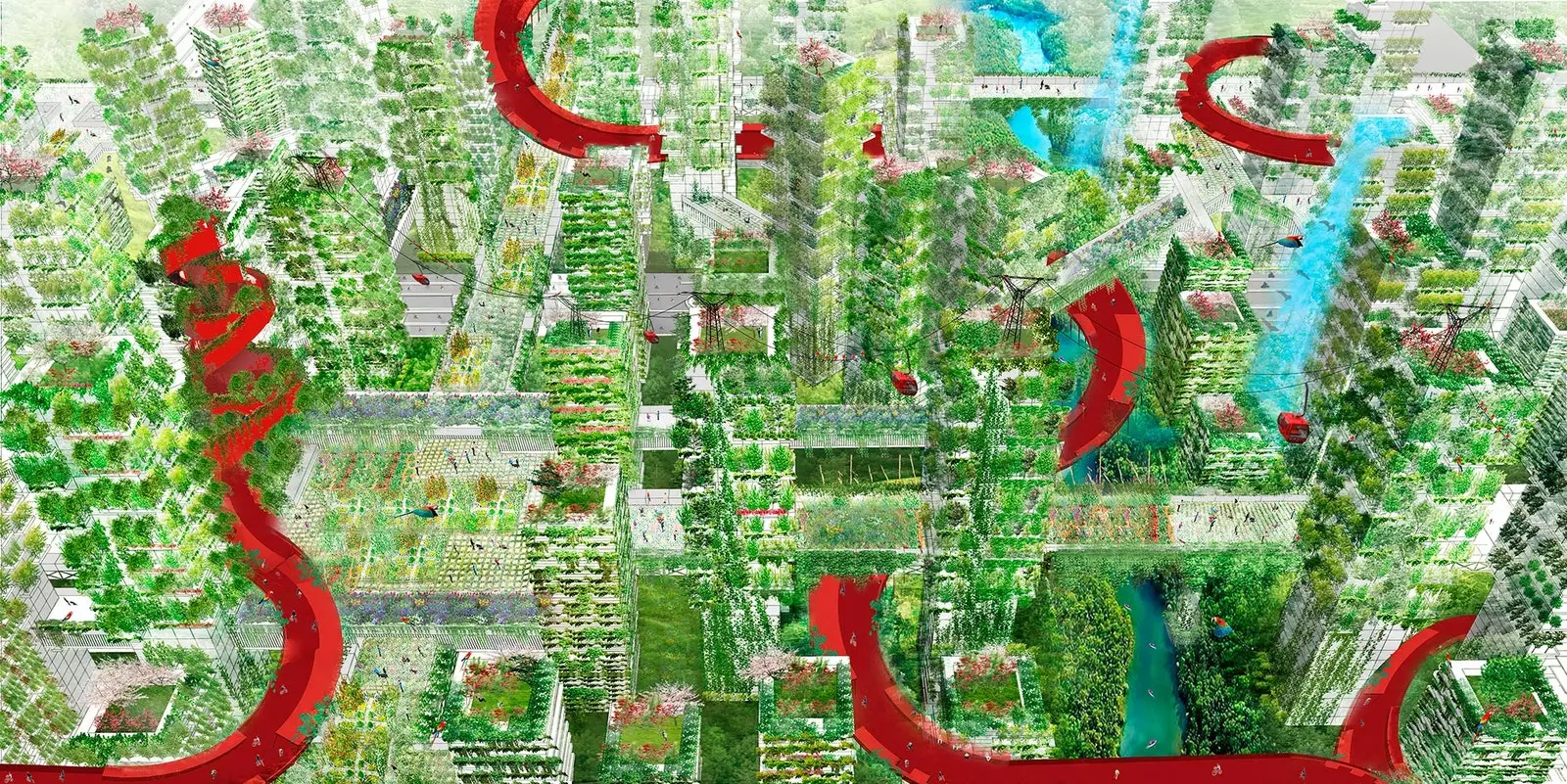
We're all going to want to live in Forest City.
According to the architect, the most difficult part of designing Forest City was unite the need for new cities with the cities of historical tradition that have been built over centuries: cities where each element is the result of a deep mix of people, cultures and needs . In a city that is created from the ground up, he says it is difficult to predict how people will interact, how they will feel the space around them, how they will use the facilities and what their expectations will be.
“As architects and urban planners, it is a challenge that we should be used to, but building a city from the desert - as it is doing in places like North Africa - makes the responsibility of your choices even greater ”, expresses Boeri.
Without a doubt, the city that he has created has all the appearance of being a magical place that all travelers will soon have on our wishlists.
